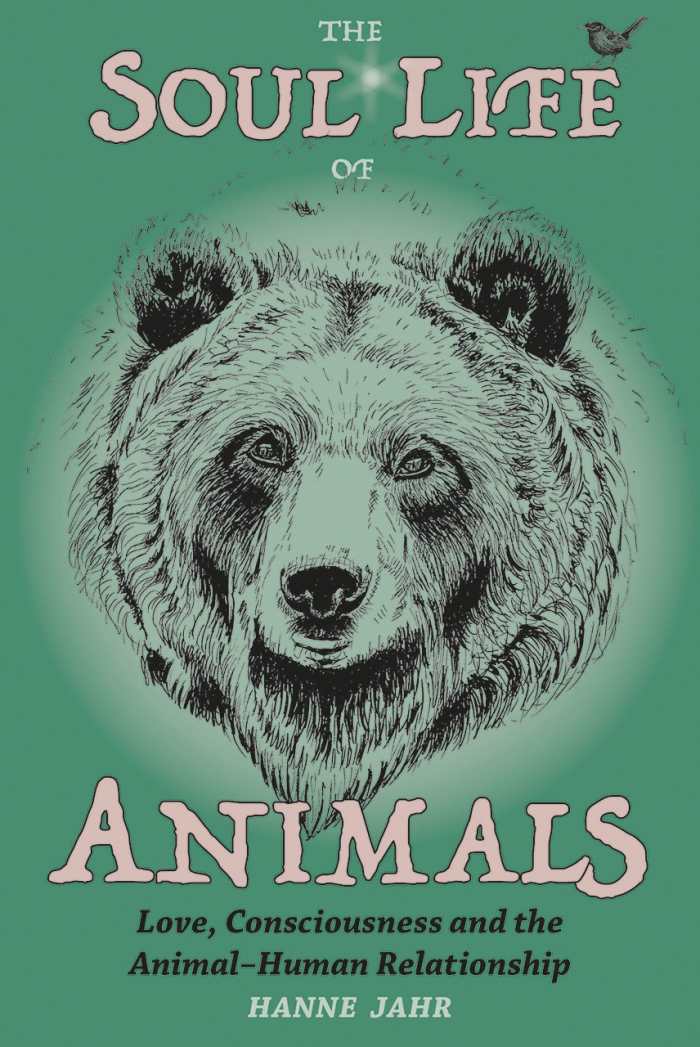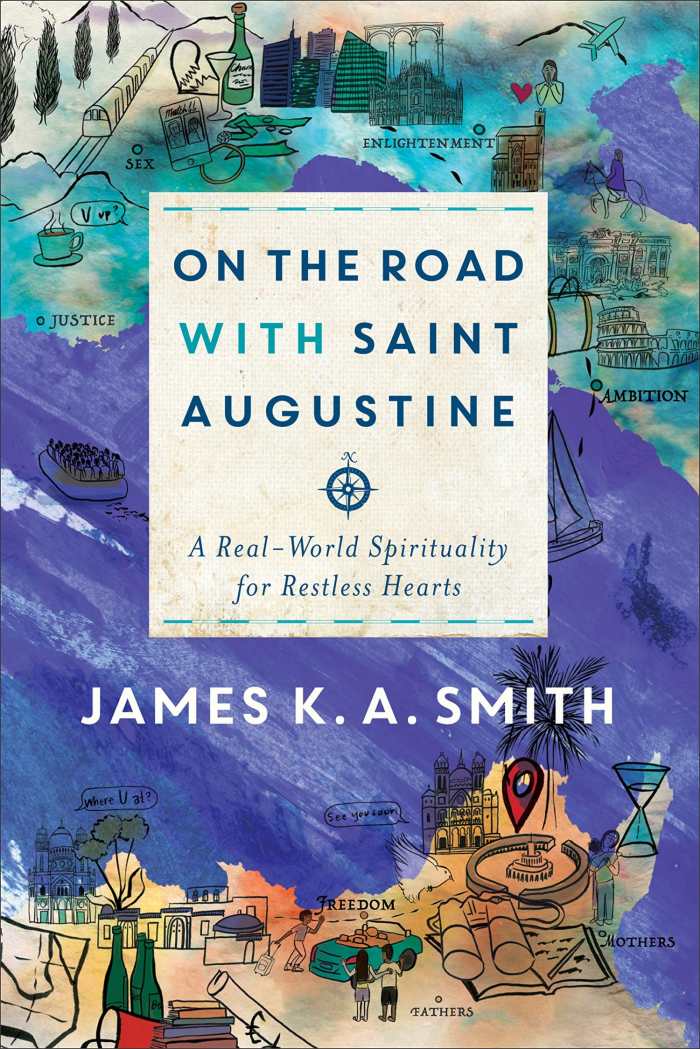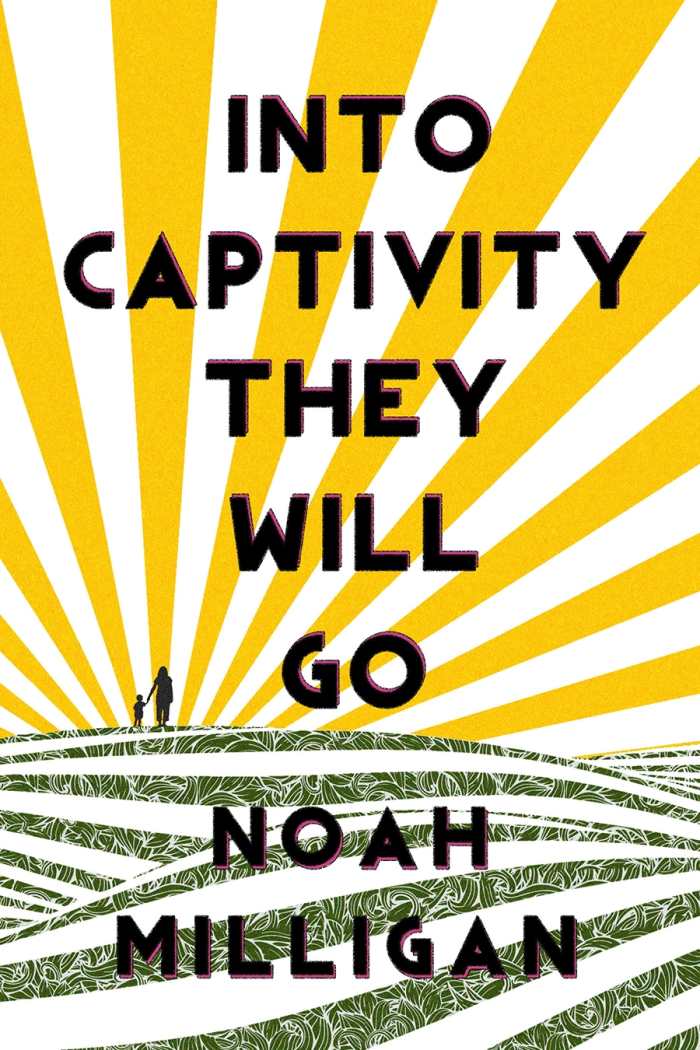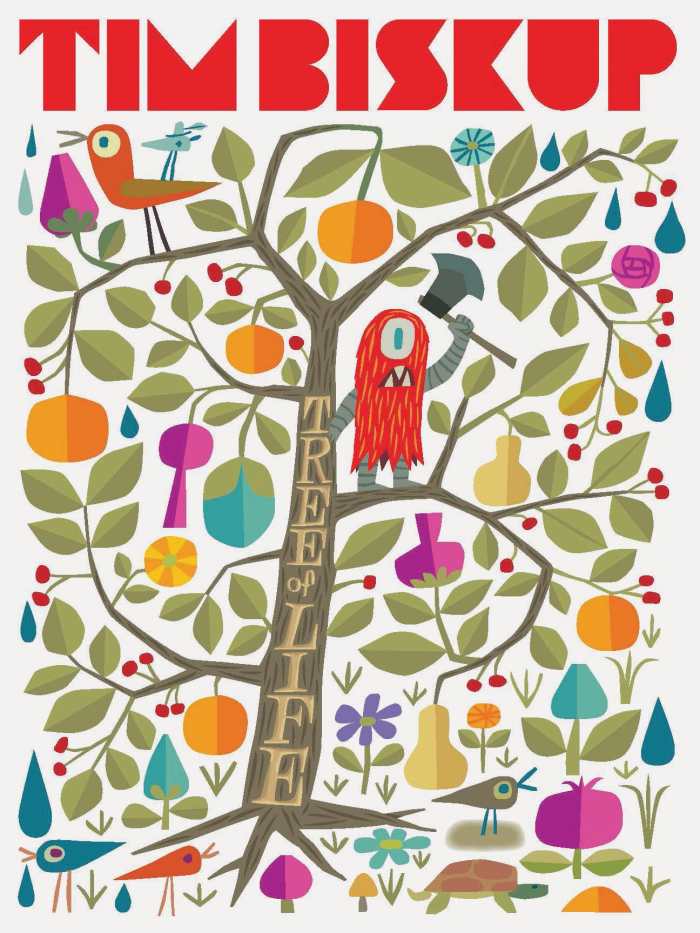Book of the Day Roundup September 30–October 4, 2019

The Soul Life of Animals
Love, Consciousness, and the Animal-Human Relationship

Hanne Jahr
Polair Publishing
Hardcover $14.95 (120pp)
978-1-905398-40-9
Buy: Local Bookstore (Bookshop)
Debates over whether or not animals are self-aware beings can get heated, and deciding that they are would require major legal and ethical changes in how they are treated. In The Soul Life of Animals, Hanne Jahr takes a metaphysical approach to the question, bolstered by science, and raises a question that takes the debate even further: do animals have souls?
Jahr’s book focuses on stories about her relationships with animals and is informative and entertaining. It includes the intriguing opinions of esoteric spiritual teachers, from Rudolph Steiner to Alice Bailey, regarding the nature of animals and their evolutionary partnership with humans.
A challenge to the attitudes and beliefs of religious and cultural systems that teach that animals are meant to serve human needs and purposes, the book opens the door to related questions about the way human beings are treated when they are considered less-than by those with power. Jahr’s perspective is at once grand and intimate as she declares what all those who know animals know: that animals are aware, have feelings, and are capable of forming deep and lasting relationships.
Arguing that humans and animals are on an evolutionary path together, this work will help readers to individuate and play a key role in raising the animals they’ve chosen as pets to their next evolutionary level. But it works both ways.
Making a compelling case that human beings can learn from animals and become better people in the process, The Soul Life of Animals is about living from the heart, expressing humility, being gentle, causing no harm, and unconditional love within the great brotherhood of all that lives.
KRISTINE MORRIS (August 27, 2019)
On the Road with Saint Augustine
A Real-World Spirituality for Restless Hearts

James K. A. Smith
Brazos Press
Hardcover $24.99 (256pp)
978-1-58743-389-4
The power of a saint lies in their ability to transcend time, offering spiritual wisdom to every age no matter how remote it is from their own. In On the Road with Saint Augustine, James K. A. Smith recognizes this in a refreshing way that speaks to postmodern society.
Although it contains many of Augustine’s biographical details, the book’s primary engagement is with the hungers of the present age—among them freedom, justice, sex, and identity. Moving through the saint’s life, Smith reaches into the past to provide a way forward.
Augustine is not his only guidepost. Among references to pop culture, surprising names surface, including Sartre, Derrida, and Camus, existentialist philosophers who owe a debt, in some form or another, to Saint Augustine, whether they acknowledge it or not. Smith’s handling of these philosophers is sympathetic and deft.
Dressed in lovely prose, the book wends its way along the road, stopping to consider how its central Roman African bishop addressed fundamental desires found in every human heart. Avoiding didactic pitfalls, Smith displays a willingness to dialogue with thinkers who may bump against his own convictions. He rejects popular “the road is life” philosophy, instead insisting that, while the journey is vital to an individual’s development, such a transitory state is not sustainable as an end in itself.
Smith is unapologetic about his own Christianity: the road must lead somewhere, and perfect satisfaction is found in God. But this is an invitation, not a demand or a threat, and it extends across centuries. Herein, Saint Augustine sounds an ancient call to anyone who has ears to hear him.
On the Road with Saint Augustine teems with beautiful spiritual insights. Here is meat and bread to satisfy the earnest and seeking postmodern soul.
MEAGAN LOGSDON (August 27, 2019)
Honey

Brenda Brooks
ECW Press
Softcover $15.95 (232pp)
978-1-77041-497-6
Buy: Local Bookstore (Bookshop)
In Brenda Brooks’s Honey, two friends reunite following nearly a decade of separation, resuming their relationship with a familiar, sisterly closeness that broadens into erotic intensity.
When Nicole’s father is killed in an auto accident, her longtime friend Honey shows up at the cemetery, returning after her mysterious disappearance six years ago. Born on the same day, the women are now in their twenties, with a shared past in the lackluster town of Buckthorn. Honey is attractive, charismatic, and has a shrewd, streetwise confidence. Nicole, more reserved and introspective, was a childhood musical prodigy but now plays piano at the lounge of a local casino.
Honey’s unconventional upbringing, including her free-spirited mother and abusive father, is contrasted with Nicole’s staid household. Nicole’s mother mistrusts Honey, afraid that Nicole might again be abandoned by her friend. When Nicole and Honey become lovers, however, Nicole is overwhelmed by the relationship. Honey’s allure—her voice and body, the silver bracelet on her slim wrist—becomes like a vortex, with Honey herself promising to take Nicole to new heights of sensual pleasure.
Like a classic noir femme fatale, Honey’s vulnerability enhances her powers of seduction. Though she manipulates both sexes, she has also been exploited and molested by men from an early age. Her character is indeed fascinating, but the changes in Nicole’s personality and her knowing haplessness under Honey’s influence are as compelling.
Even after Honey involves Nicole in murder and transfers money out of her bank account, Nicole insists that she still loves Honey and would “throw herself away” again for her, like she was “meant to do from the start.” Sinuous and captivating, Honey is a novel about friendship, obsession, and the troubling, even perilous ambiguities behind motivations and desires.
MEG NOLA (August 27, 2019)
Into Captivity They Will Go

Noah Milligan
Central Avenue Publishing
Softcover $16.99 (320pp)
978-1-77168-177-3
Buy: Local Bookstore (Bookshop)
In Noah Milligan’s startling novel Into Captivity They Will Go, Caleb, a teenage boy of perceived miraculous birth, is raised by an evangelical, end-times-obsessed mother who’s convinced that he is the second coming of Christ. Caleb and his mother leave his father and brother behind to embark on a path that leads them to a new community built around the Book of Revelation.
As Caleb becomes central to the theology of the Church of the Seven Seals, he finds himself torn between wanting to care for his community and his concern over his mother’s more and more erratic behavior. After a tornado hits the community, the church undergoes a series of disasters and illnesses, leading to a climactic encounter with federal law enforcement. Caleb is torn from the church and his mother and lives a life of isolation until he turns eighteen.
With its unique perspective on the nature of cults, the novel deviates from similar titles in a number of ways: its charismatic religious leader is a woman, and the focal point of worship is a young boy. After the showdown with authorities, the novel’s focus turns to the long-term emotional and psychological consequences of living in abusive communities. Caleb’s challenges in his late teens involve universal feelings of wanting to be “normal” without the positive support to become so. As Caleb reconciles his new life and identity with his past, he also explores forgiveness and acceptance.
Into Captivity They Will Go is an immersive novel, capturing Caleb’s mindset in a way that is believable and heart-wrenching. Its visceral events grapple with topics of abuse, blind faith, and moral gray areas. As a microcosm of an apocalyptic present, Milligan’s clear understanding of Revelation provides a theological framework for his narrative that is compelling and terrifying.
HOLLY JORDAN (August 27, 2019)
Tree of Life

Tim Biskup
Chronicle
Hardcover $35.00 (240pp)
978-1-4521-8208-7
Buy: Local Bookstore (Bookshop)
Tree of Life is a dynamic retrospective of Tim Biskup’s paintings, sculptures, and artistic philosophy. His art career balanced chaos with strategy before it veered from showing at galleries to working and interacting with people from a storefront studio.
The book is a dazzling showcase of three decades of Biskup’s vibrant and intricate patterned art. It ramps up like a fireworks display to show how his style changed and matured and wraps up with a down-to-earth, intense personal account of his life and artistic influences.
It’s a smart introduction to Biskup’s art that eschews preconceptions. Some common themes and motifs run through Biskup’s oeuvre. There are nods to fanciful retro graphics, like bongo-playing Beatniks and birds sporting glasses, berets, and stylized feather patterns; there are the jewel-tone colors and horror vacui of various folk art traditions; and gaggles of anthropomorphic animals and not-so-frightful monsters romp across canvases or are formed into totem poles and other sculptural figures.
Later works depart from this mood and color/pattern razzle-dazzle. The playful psychedelia morphs into more unsettling, abstract imagery of knives, skulls, and women in contorted positions. The color riot subsides into somber palettes of smoke and scarlet, acid tones, and the monochromism of a more gestural series of graphite, gesso, and acrylic works. Such paintings are perhaps less immediately engaging, but within them, visual complexity is traded for more layers of meaning.
Tree of Life is an inspiring and rich visual survey of an art career forged on the artist’s own terms, but that also acknowledges that “being an artist is difficult.” Biskup’s interpretation of his life and work uncovers a sophisticated, evolving, and introspective trajectory.
RACHEL JAGARESKI (August 27, 2019)
Barbara Hodge
